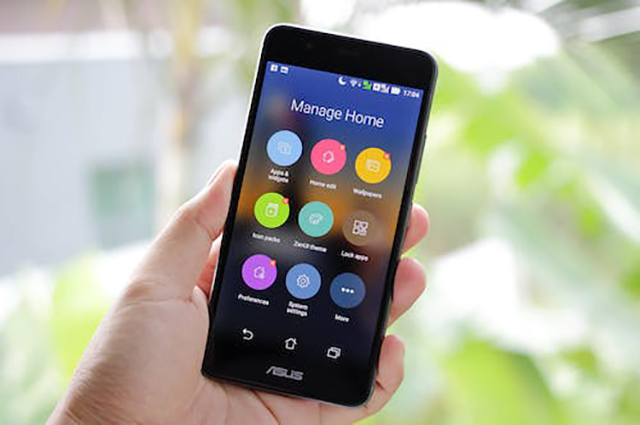《take》这个单词在英语中非常常见,几乎每个英语学习者都会用到。但是,你真的会正确使用它吗?在本文中,我们将详细介绍这个单词的用法,帮助你更好地掌握它。
一、“take”的基本用法

“take”是一个动词,通常用来表示“拿、取、拿走”等含义。例如:
1. He took my pen without asking.(他没有问我就拿了我的笔。)
2. Can you take this box to the car?(你能把这个盒子拿到车上去吗?)
3. I took the last piece of cake.(我拿了最后一块蛋糕。)
二、“take”的其他常见用法

除了基本的“拿、取、拿走”等用法,英语中还有很多其他表达方式,其中“take”是最常见的之一。这里我们将介绍其他常见用法。
1. take sb./sth. to…(把某人/某物带到某处)
例如:I took my dog to the park.(我带着我的狗去了公园。)
2. take off(起飞,脱掉)
例如:The plane took off on time.(飞机准时起飞了。)She took off her coat and hung it on the hook.(她脱下外套挂在钩子上。)
3. take up(占用时间/空间,开始从事)
例如:This project will take up most of my time.(这个项目将占用我大部分时间。)I think I want to take up painting.(我想开始学画画。)
三、“take”的常用短语

除了以上常见用法之外,“take”还可以和其他单词组成一些短语。这里我们介绍一些常用的短语。
1. take care of(照顾,照料)
例如:My grandmother is old, so I need to take care of her.(我的祖母年纪大了,所以我需要照顾她。)
2. take advantage of(利用,占便宜)
例如:He always takes advantage of other people's kindness.(他总是占别人的便宜。)
3. take it easy(放松,别紧张)
例如:Don't worry too much. Take it easy. Everything will be fine.(不要太担心了,放轻松,一切都会好的。)
无论是基本用法还是其他常见用法,还是常用短语,我们都需要不断联系才能熟练掌握。相信通过本文的介绍,你对“take”这个单词的理解已经更深入了。










